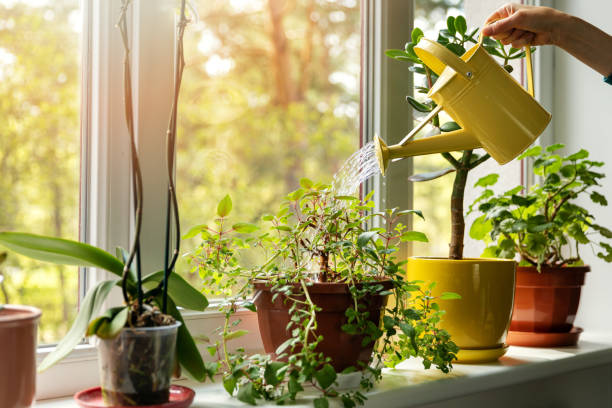
FAQ About Plant Care
Plant Care
2 years ago | gizem
How often should I repot my plants?
The frequency of repotting your plants depends on several factors, including the growth rate of the plant, the size of the pot, and the overall health of the plant. Here are some general guidelines:
- Observe the root growth: If you notice roots circling around the pot's bottom or growing out of the drainage holes, it's a sign that the plant has outgrown its current pot and may need repotting.
- Pot size and plant size: As a general rule, plants should be repotted when they have filled the current pot with roots, and there is limited space for further growth. The frequency of repotting may vary depending on the plant species. Some fast-growing plants may require repotting every 1-2 years, while slower-growing plants may only need repotting every 2-3 years.
- Slow growth or decline in health: If your plant is exhibiting slow growth, reduced vigor, or declining health, it may be an indication that the roots are becoming cramped or the potting mix has become depleted. Repotting into fresh, nutrient-rich soil can help revitalize the plant.
- Seasonal repotting: Some gardeners choose to repot their plants in spring when they enter their active growth phase. This allows the plant to recover more quickly from the repotting process and take advantage of the increased nutrient availability during the growing season.
- Consider plant preferences: Some plants prefer slightly crowded root conditions and may not need frequent repotting. Research the specific needs of your plant species to determine their ideal potting conditions.
